Spider plants are easy to maintain and enhance your home decor. Refresh your living space with spider plants! These easy-to-care-for houseplants can thrive in any environment and add a unique touch of green to any home or office. Check out these 10+ spider plant varieties to find the perfect fit for your space.
12 Spider Plant Varieties for Growing Indoors:
1. Bonnie Spider Plant
2. Variegated Spider Plant
3. Airplane Spider Plant
4. Ocean Spider Plant
5. Zebra Spider Plant
6. Variegated Bonnie Spider Plant
7. Hawaiian Spider Plant
8. Fire Flash Spider Plant
9. Bichetii Grass Spider Plant
10. Spider Flower Plant
11. Green Spider Plant
12. Reverse Spider Plant
Homes and plants are a love story made in heaven. Whether you wish to accentuate the look of your abode or simply want the space to feel more purified and breathable – indoor plant additions don’t disappoint. What’s more exciting? There are a plethora of vivid options to choose from!
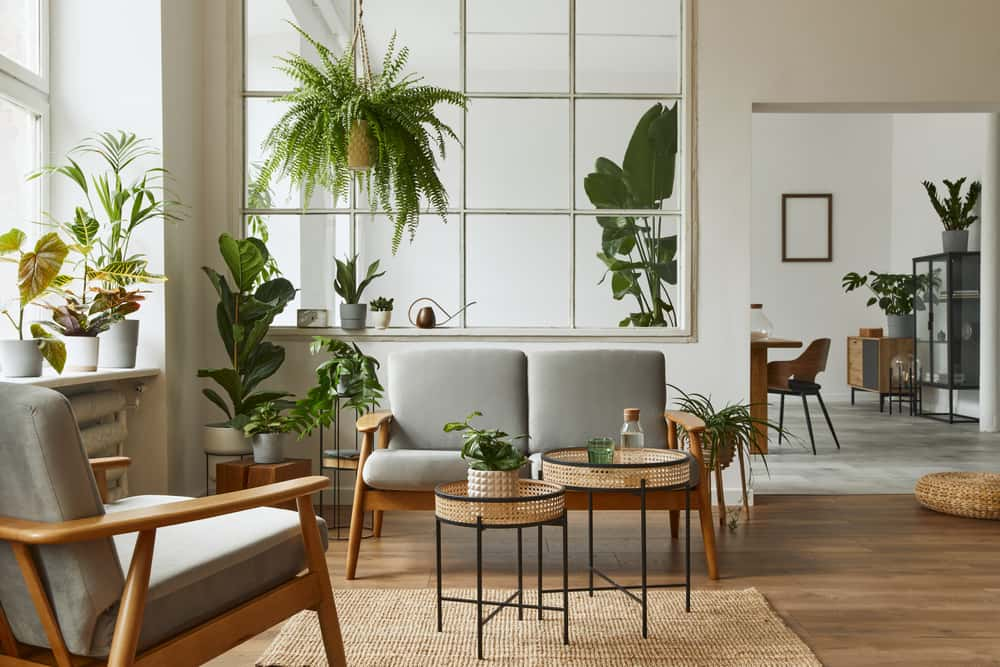
From small pot plants like jade, lily, snake plants, and pothos to flamboyant, grand houseplants like croton and monstera – when it comes to adding a natural lush of green inside the house, there’s something for everyone, every space.
However, if you don’t want to explore so much and are simply looking for something aesthetically pleasing to grow inside your home, trust us – spider plants are for you. Easy to maintain and naturally gorgeous, spider plants are the best addition to any home.
So come, let’s explore the top varieties of spider plants you can get for your home. Don’t worry— we’ve also included different spider plant varieties’ pictures to help you identify the plants correctly.
12 Spider Plant Varieties for Growing Indoors
Here are the twelve different types of spider plants for every home:
1. Bonnie Spider Plant

Bonnie spider plants are one of the most common types of spider plant varieties found across the globe. And that makes perfect sense. Why? Well, because they are that versatile.
From the bathroom to the kitchen and even the bedroom – these curly houseplants seamlessly blend in with the design of any space. Not just this, since the Bonnie variety grows not more than eight inches, you don’t even need too much room to grow it. Just ensure you place it in a spot where sunlight is not in excess and the temperature is mild and humid.
2. Variegated Spider Plant

Unlike the Bonnie variety, a Variegated spider plant has slightly thicker leaf blades that run straight – no curls or waviness. Bright green with a border of cream yellow, the Variegated species looks wonderful, especially when placed in naturally sunlit spaces of the house. This one, too, is a fairly popular spider plant variety that is easily available in most nurseries. So, yes, you won’t have to go hunting for it.
However, when you do get one, make sure you give it the right conditions to thrive in. This variety of spider plants needs gentle, indirect light and prefers humid temperatures. Above all, make sure the soil never goes arid.
3. Airplane Spider Plant

The Airplane spider plant is a solid green spider plant variety. But that’s not its best feature.
The Airplane spider plant is distinguished from the other spider plant varieties because of its signature curved leaves – a feature that’s neither too arresting nor too faint. So, if you’re looking for a plant to grace the most unnoticed parts of your home, the Airplane spider plant should be your pick. Not only is it subtly gorgeous, but it’s also low-maintenance and doesn’t need much sunlight. A complete win-win!
4. Ocean Spider Plant

If you only associate the word “ocean” with the colour blue, it’s time to rethink! Best suited for placing in the most cramped spots of the house, the Ocean spider plant has thin green leaves with even more delicate borders of ivory at the sides. And that’s not all. This compact spider plant variety reaches its maximum height at eight inches and blossoms beautiful white-coloured flowers!
Low maintenance, small and handy, and decked with flowers – what else to wish for?
5. Zebra Spider Plant

Like a Zebra, the Zebra Grass spider plant is also known for its stripes. However, unlike a Zebra, it’s not all black and white. The leaves of this particular spider plant variety are slightly greenish-yellow, with very thin stripes of cream running on the margins – a typical feature evident in every spider plant breed. Native to tropical Africa, the Zebra Grass spider plant quickly matures and can grow up to 22 inches long!
So if you’re looking for vertical design ideas, this spider plant will come in handy.
6. Variegated Bonnie Spider Plant

A cross of two of the most popular spider plant kinds, the Variegated Bonnie spider plant is slightly curly with the typical green and cream variegated leaf blades.
This particular variety is so attractive that you don’t even have to look for the perfect spot— just place it anywhere inside the house, and the area will automatically look more accentuated. However, since these plants don’t require a lot of sunlight, keep them away from areas with a lot of heat.
7. Hawaiian Spider Plant
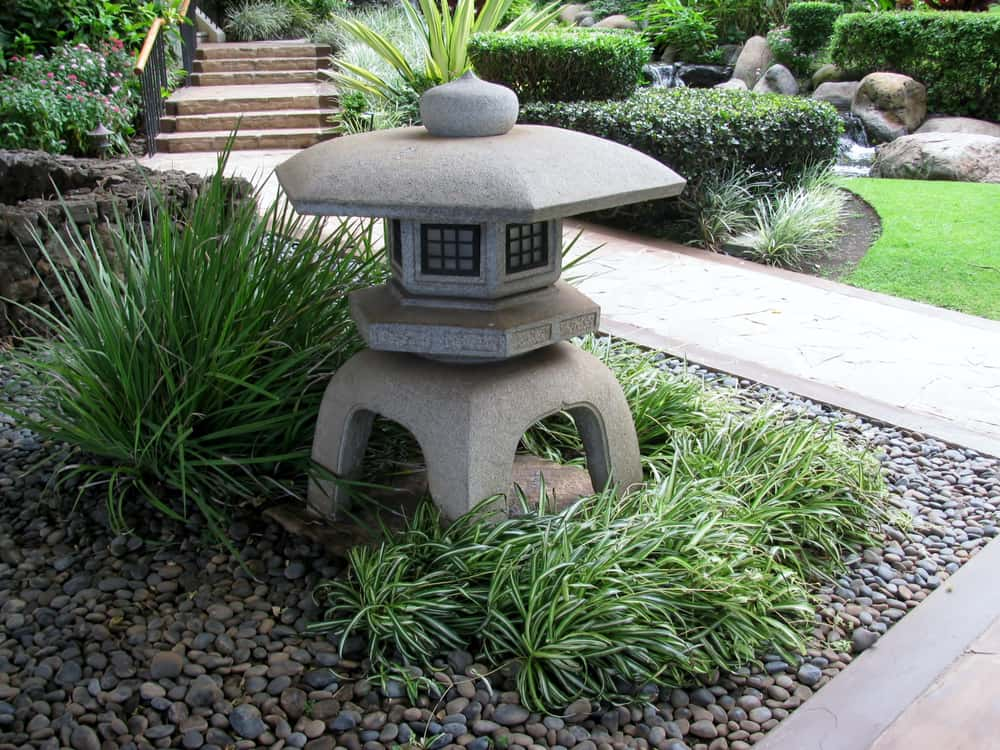
Also known as the “Golden Light” or the “Golden Glow” plant, this typical spider plant species has its roots in the beautiful island of Hawaii. But thanks to its surreal appearance, it has since then managed to find a home in every part of the world. This plant is slightly green and, unlike other spider plants, has a yellow band running right across its centre.
One of the rare spider plant varieties, the Hawaiian spider plant grows to a maximum of 12 inches and is suitable for placing in dark corners of the house.
8. Fire Flash Spider Plant
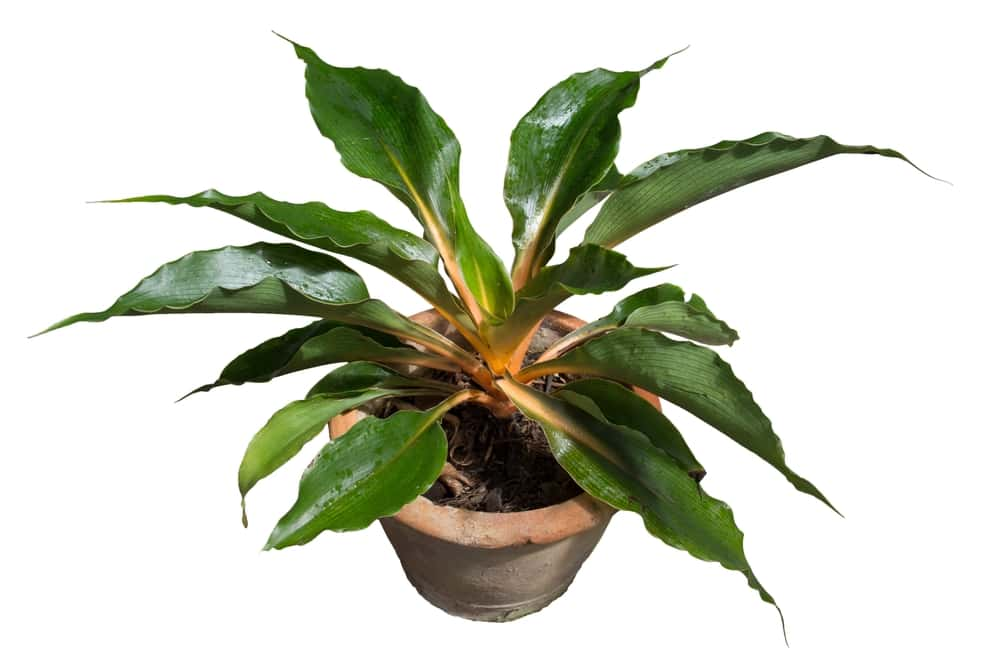
So far on the list, we have only seen spider plants that look similar. But the Fire Flash spider plant looks vastly different – more like one of the gigantic croton plant varieties .
Another rare spider plant variety, the Fire Flash spider plant dons thick, solid green leaves with a thin stroke of yellow in the middle. Resembling the core of a fire, this plant has thick, bright orange-coloured stems that add a fiery touch to its mien. It generally grows up to two feet tall and wide in size. So it’s suitable for planting in open spaces, like a hanging balcony.
9. Bichetii Grass Spider Plant
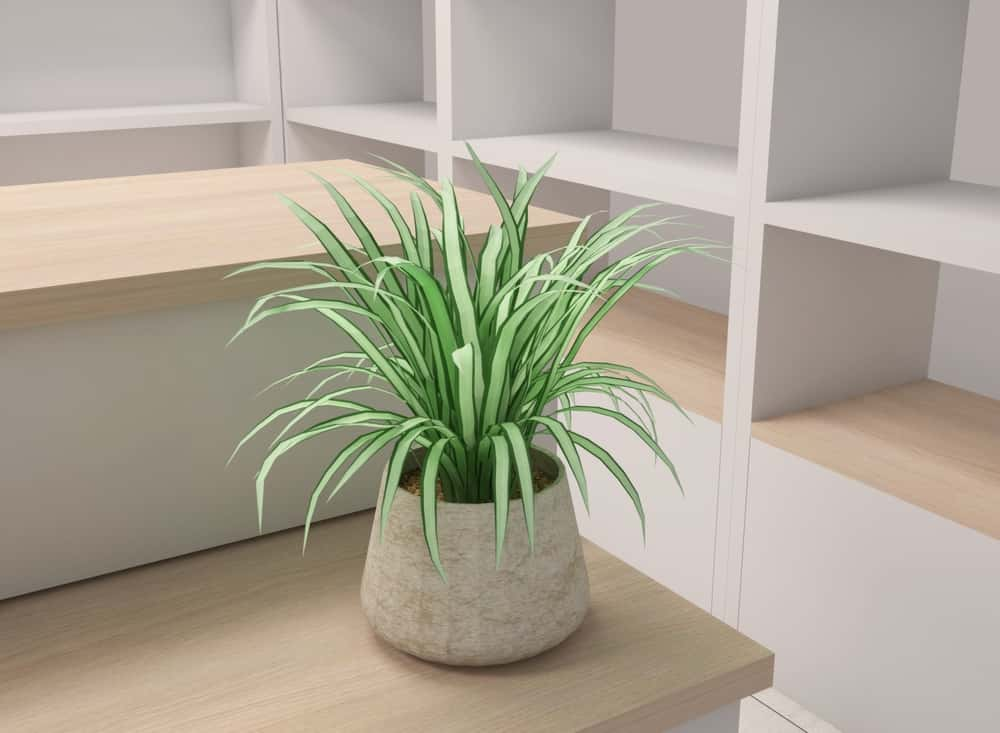
Simple and classy, the Bichetii Grass spider plant looks similar to one of the most common spider plant varieties – the Variegated kind. It also has thin, light green leaves with soft borders of cream accentuating its lush tone. However, it can grow up to a foot tall!
Generally, the Bichetii Grass variety is kept on centre tables or other focal points of the house. But over time, such gloomy environmental conditions tend to disrupt its growth as this variety, unlike most others, needs a generous amount of light and warmth to survive. So, to ensure their consistent growth, put them in a spot with enough sunlight and high humidity levels.
10. Spider Flower Plant
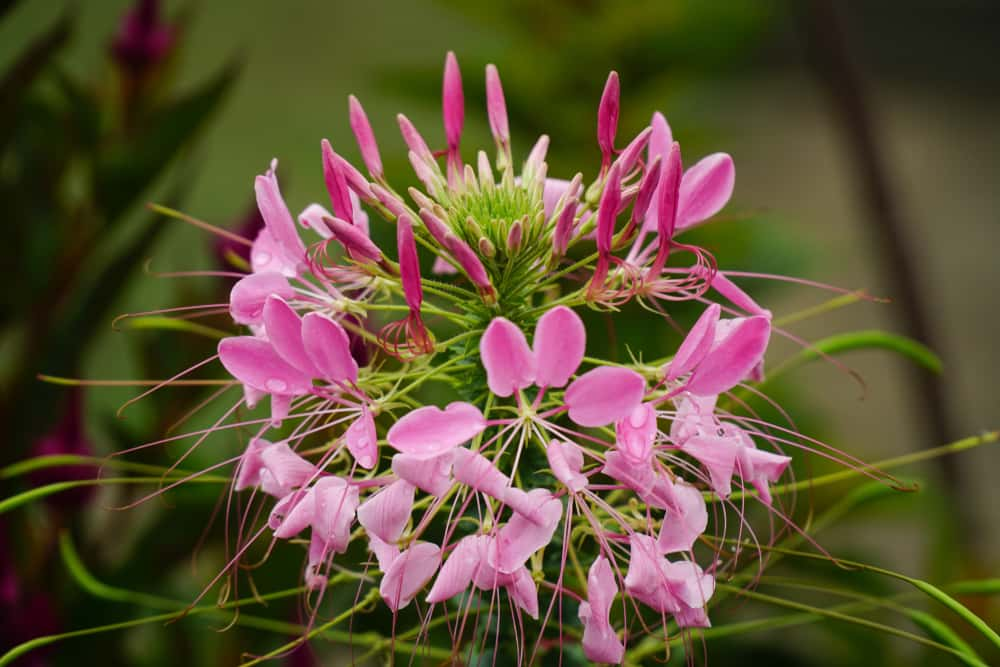
Most people consider the Spider Flower Plant to be a purple spider plant variety that blooms. But that’s not the case. The Spider Flower Plant got its distinctive name because of its many thin stamens that resemble a spider’s legs. It’s a blooming plant species native to South America.
As the picture depicts, this plant isn’t really the best fit for indoor spaces. But don’t worry. It can still bring your outdoor balcony design ideas to life – with its pale purple hues and light green stamens, unitedly creating a firework effect.
11. Green Spider Plant
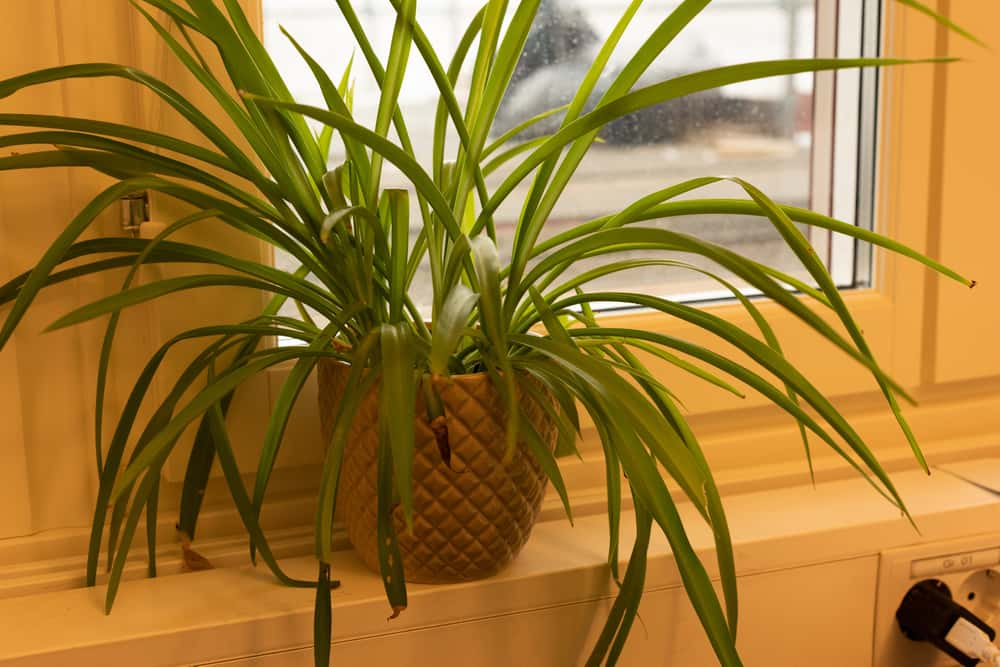
Looking for a pure, solid green spider plant variety? Your search ends here!
With solid green foliage and no margins, this subtle, simple-looking spider plant makes for an incredible indoor garden addition. But sadly, this variety is actually a tough one to find. Yes, you heard that right – unlike the Bonnie or the Variegated ones, the original Solid Green spider plant is quite rare and slightly more expensive than the rest. But that doesn’t mean it’s not easy to grow and maintain.
Despite being a rare variety, the Green spider plant has the same care and maintenance needs as the others.
12. Reverse Spider Plant
 Finally, here’s another rare spider plant variety. Just as the name suggests, the Reverse spider plant possesses a typical visual characteristic opposite to any regular variety of this indoor plant species.
Finally, here’s another rare spider plant variety. Just as the name suggests, the Reverse spider plant possesses a typical visual characteristic opposite to any regular variety of this indoor plant species.
Although this may not be apparent at first look, if you pay close attention, you’ll notice that the Reverse spider plant is green in the middle with a thin, pale yellow border on every leaf blade. This particular aspect is the most distinguishing factor of this plant.
Another reason why every plant enthusiast loves this spider plant is that it’s a natural air purifier, capable of filtering as much as 90% of the harmful pollutants in the air around you! So, if you want an indoor plant that does more than appease your eyes, the Reverse spider plant should be the one you should go for.
How to Grow Spider Plants?
Spider plants have been named among the best indoor plants. This is not just because of their fancy looks but also because they are easy to grow and maintain. Here’s all you need to ensure for growing spider plants at home:

- Soil mix: Ideally, spider plants require soil that’s neither too wet nor too dry. So, the best soil mix for them would consist of draining ingredients like perlite, coco coir, etc.
- Environmental conditions: Spider plants grow best in humid conditions. Temperature ranging from 22 to 32-degree celsius works perfectly for them.
- Light requirements: Spider plants do not require a lot of heat and direct sunlight. So place them in bright spots sans direct sunlight exposure.
Wrapping up
When it comes to indoor plants, the choice may be endless, but the winner is clearly one – the spider plant.
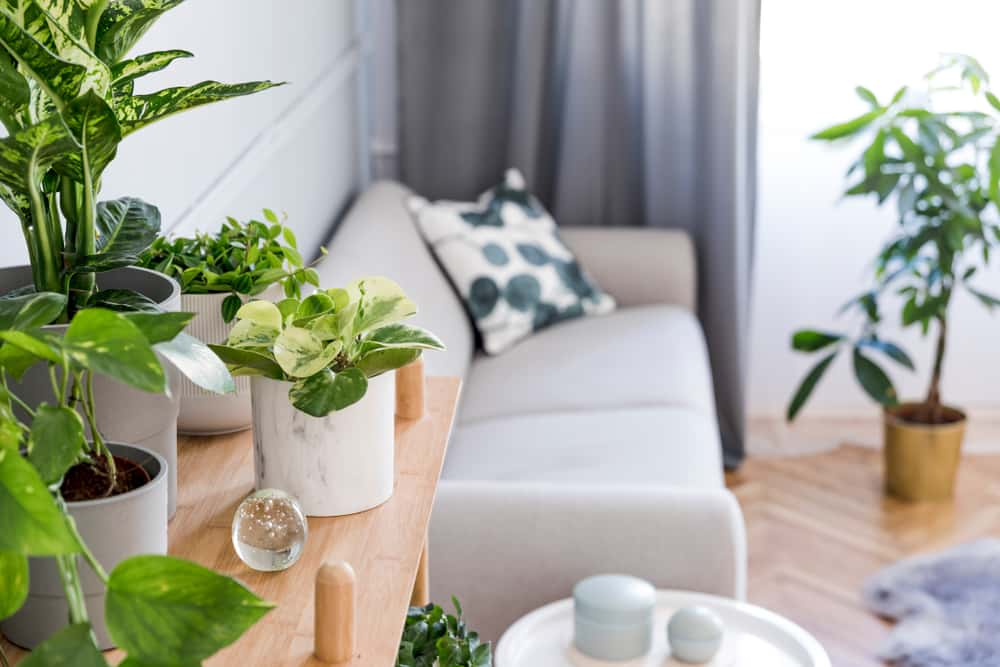 With an array of varieties, elegant looks, and low maintenance needs, spider plants make for the perfect addition to any house. So, what are you waiting for? Get one for your “home sweet home” today!
With an array of varieties, elegant looks, and low maintenance needs, spider plants make for the perfect addition to any house. So, what are you waiting for? Get one for your “home sweet home” today!
For more tips and inspiration on how to design your home instantly, check out Homelane and book a free session with our designer.
FAQs
1. What are the different varieties of spider plants?
Spider plants are available in a range of different varieties. However, the 11 most famous ones of them include the Variegated spider plant, the Bonnie spider plant, the Variegated Bonnie spider plant, the Airplane spider plant, the Zebra spider plant, the Hawaiian spider plant, the Ocean spider plant, the Fire Flash spider plant, the Bichetii Grass spider plant, the Reverse spider plant, the Solid Green spider plant, and the Spider Flower Plant.
2. Which spider plant is the best?
Spider plants are popular for being one of the best indoor pot plants as they are very easy to grow and care for. Some of the best spider plant varieties include the Bonnie Curly spider plant, the Zebra Grass spider plant, the Variegated Bonnie spider plant, and the classic Variegated spider plant.
3. What is a rare spider plant type?
Spider plants are quite a popular indoor plant species commonly found in most nurseries. However, some varieties of this plant are quite rare and are not found so easily. For instance, the Hawaiian spider plant and the Fire Flash spider plant are extremely rare and are only found in some parts of tropical Africa, Australia, and subtropical Asia. Other than these, the Solid Green spider plant is also an extremely rare variety, typically found only in some parts of South Africa.
4. How long will a spider plant live?
Unlike most other indoor plants, spider plants are blessed with a comparatively longer life span. This means that if the upkeep and thriving conditions are proper, you can expect your spider plant to live for anywhere between 20 to 50 years.
Popular Services
Modular Kitchen Designs | Home Interior Designs | Wardrobe Designs | Living Room Designs | Bathroom Designs | Space Saving Furniture | Home Office Designs | Pooja Room designs | Foyer Interior Design | Kids Bedroom Design | Interior Lighting Design |False Ceiling | Home Wallpaper | Furniture Design
Popular Locations
Modular Kitchen In Ahmedabad | Modular Kitchen In Mumbai | Wardrobe Designs In Chennai | Wardrobe Designs In Delhi| Interior Design In Mumbai | Interior Design In Delhi
Popular Blogs
Party Ideas for Holi | Assam Type House Design | Pop Designs for Bedroom | Window Grill Design | Plinth Area | MDF Vs Particle Board | Wall Colour Combinations | Vastu Shastra Colors For Living Room | Classical Interior Design | Wardrobe Dimensions | Parapet Design | How To Prevent Dust In Room | Types Of Kitchen | Wall Panel Design | Small Modular Kitchen | Pooja Room Design| HDF Wood | French Door Design | Bedroom Wardrobe | Solid Wood Vs Engineered Wood | Athangudi Tiles




